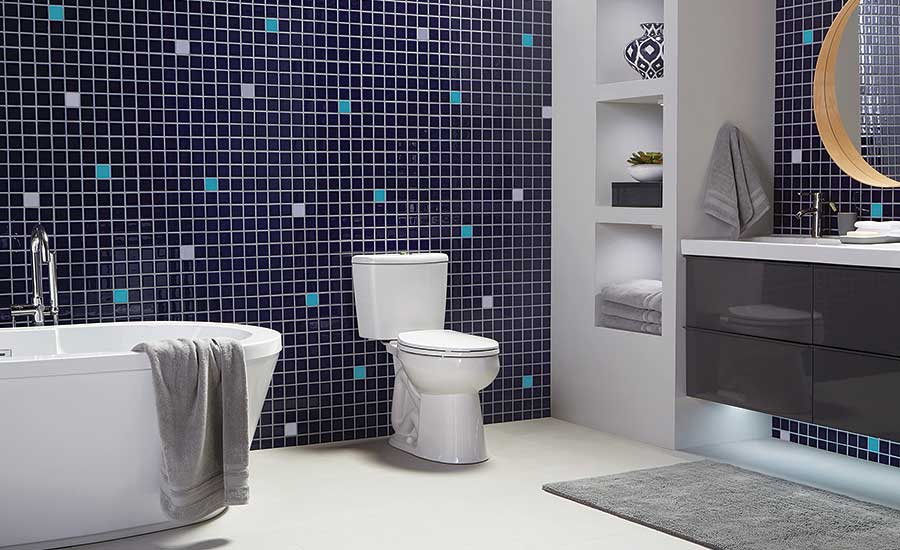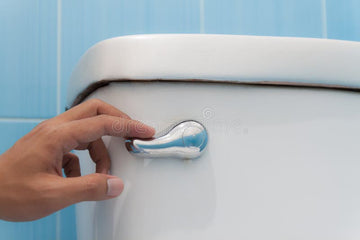Understanding the Impact of Water-Saving Toilets on the Environment
In the quest for sustainability, the impact of water-saving toilets on the environment is a significant topic of discussion. As the world grapples with water scarcity, these innovative fixtures offer a viable solution to reduce water consumption and preserve our precious resources. The primary keyword, Impact of water-saving toilets on the environment, stands as a beacon of hope for sustainable living.

The Mechanism Behind Water-Saving Toilets
Water-saving toilets, also known as low-flow or high-efficiency toilets, are designed to use significantly less water per flush compared to traditional toilets. They typically use 1.28 gallons per flush or even less, compared to older models that use up to 3.5 gallons. This reduction is achieved through advanced flushing mechanisms that maximize efficiency without compromising performance.
How Do Water-Saving Toilets Work?
These toilets often utilize gravity-assisted or pressure-assisted flushing systems to optimize water usage. The gravity-assisted systems rely on the force of gravity to remove waste, while pressure-assisted systems use compressed air to enhance the flushing power. This dual approach ensures that less water is used without sacrificing effectiveness. For a more detailed explanation, you can visit how water-saving toilets work.
Environmental Benefits of Water-Saving Toilets
The environmental benefits of these toilets are manifold. By conserving water, they help reduce the strain on municipal water supplies and lower the energy required for water treatment. This not only saves money but also reduces greenhouse gas emissions associated with water treatment and transportation.
Conserving Water, Conserving Energy
One of the most significant benefits is the conservation of water. Traditional toilets can account for nearly 30% of a household's water usage. By switching to water-saving toilets, households can significantly reduce their water footprint. This conservation extends to energy savings, as less water demand equates to less energy used in transporting and treating water.
Reducing Pollution and Waste
By using less water, these toilets contribute to reducing the volume of wastewater that needs treatment. This decrease in wastewater leads to lower levels of pollution in water bodies, promoting healthier ecosystems. Additionally, the reduction in water usage lessens the burden on sewage systems, reducing the risk of overflows and contamination.
Economic Impacts and Cost Savings
Beyond environmental benefits, water-saving toilets also offer economic advantages. By reducing water consumption, households and businesses can see a noticeable decrease in their water bills. The initial investment in these toilets can be quickly recouped through these savings.
Moreover, with increasing awareness and governmental incentives, installing water-saving toilets has become more accessible and cost-effective. For a comprehensive comparison of costs, you can refer to this cost comparison guide.
Challenges and Considerations
Despite their benefits, water-saving toilets are not without challenges. Some users may experience issues with flushing efficiency or may require additional maintenance. It is essential to choose a model that suits the specific needs of your household or business to avoid these issues.
Understanding the different types of water-saving toilets and their features can help make an informed decision. For more insights, check out this article on toilets designed for water conservation.
Conclusion: The Future of Water Conservation
The impact of water-saving toilets on the environment is profound. As we look towards a more sustainable future, these innovative fixtures play a crucial role in conserving water and reducing environmental impact. By embracing water-saving technology, we can make significant strides toward preserving our planet for future generations.
For more information on how to conserve water and the benefits of water-efficient toilets, you can visit this informative resource.

Frequently Asked Questions
1. How much water can I save by using a water-saving toilet?
On average, switching to a water-saving toilet can save up to 13,000 gallons of water per year for a household. This varies based on the model and usage patterns.
2. Are water-saving toilets more expensive to install?
While the initial cost can be higher, the long-term savings on water bills often offset this. Various incentives and rebates make them a cost-effective choice.
3. Do water-saving toilets require more maintenance?
Generally, they require similar maintenance to traditional toilets. However, choosing a reputable brand and model can minimize potential issues.






